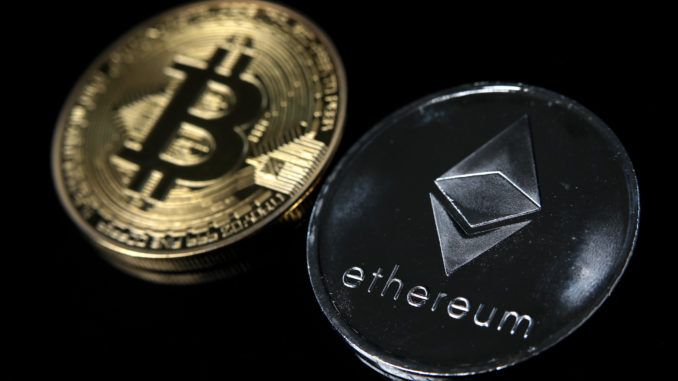
By Stuart Dee
Each day, the media is rife with discussions about the regulation of cryptocurrencies, the activities of asset-moving whales, the enigmatic figure of Satoshi Nakamoto, and the global experimentation with Central Bank Digital Currencies (CBDCs).
While these topics often dominate the headlines, they merely scratch the surface of the expansive realm of distributed ledger technology, which extends far beyond the financial sector.
At the core of this landscape lies the concept of digital identity. While the impact of cryptocurrencies on financial systems is unquestionable, it is the largely overlooked concept of digital identity that carries the potential to revolutionise a multitude of sectors.
The modern notion of identity has become pivotal, granting access to a diverse range of services and entitlements. A new perspective is taking shape—one in which individuals have control over their own data, promoting self-sovereignty and curbing the rampant threats of identity theft and fraud. This transformative approach empowers users to selectively share specific pieces of their information, tailored to particular services. This has significant implications for sectors spanning from banking and healthcare to proof of ownership and governance. Estonia’s groundbreaking step in 2007 to introduce digital identity to mobile devices stands as a testament to this forward-thinking direction.
The scope of digital identity extends beyond human entities, encompassing a universe of houses, art, animals, smart devices and sensors or in more broader terms any asset that has value. In the device and sensors realm empowered by smart contracts, a refrigerator can seamlessly restock dwindling supplies, while an electricity meter negotiates optimal energy rates on behalf of its owner. Yet, the challenge of guarding against fraudulent devices looms large. This challenge is met through the establishment of device identities, where authentication occurs upon a sensor’s integration into the network, with periodic identity reaffirmations serving as ongoing verification mechanisms.
One of the cornerstones of distributed ledgers is their inherent immutability – a trait difficult to alter, despite certain attempts. Coupled with the fact ledgers are state machines, they can be found in applications across diverse domains, including provenance and logistics.
Provenance, the lineage of an item, assumes a vital role in today’s world, where forgery is cost effective and easily available. Countering this tide, digital provenance certificates emerge as safeguards against counterfeit products. Take, for instance, a luxury item like a Hermes handbag – a digital identity can chronicle its authentic journey and ownership transitions. This digital identity, tailored to physical assets, is pivotal for substantiating the legitimacy of a myriad of assets.
Logistics, especially within the shipping sector, have harnessed the potency of distributed ledgers and smart contracts. Beyond the customary shipment tracking from manufacturer to recipient, smart contracts come into play upon crossing designated customs thresholds, triggering payment disbursements and document availability. Identity imprints itself onto this stage, with containers, ships, and customs points each assuming distinct identities within this interconnected ecosystem.
Clearly, digital identity serves as the cornerstone upon which distributed ledger systems are constructed. This fact remains applicable even within the realm of cryptocurrencies, a connection that is not always immediately apparent. While conversations about regulations, major asset holders, and CBDCs often take centre stage, the true extent and impact of distributed ledger technology stretch well beyond the boundaries of financial services.
